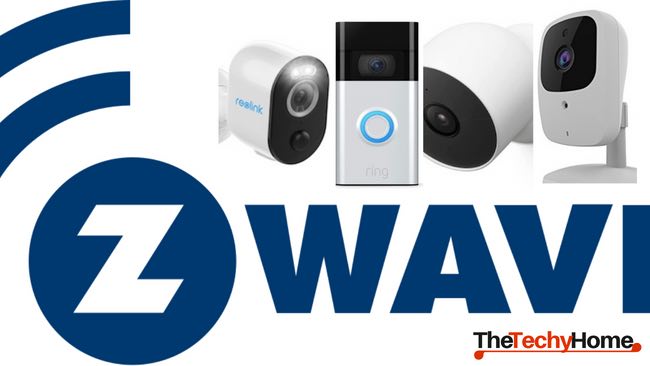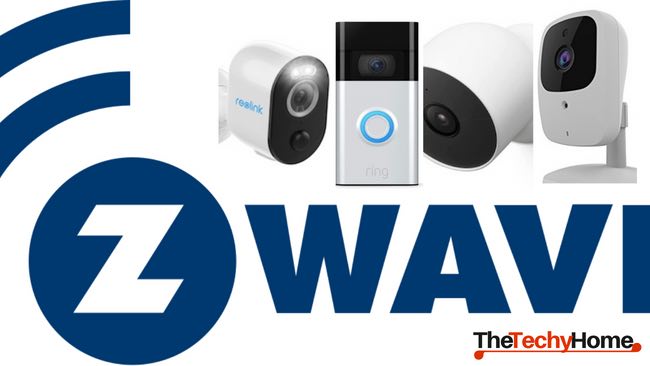 If you’re looking to add Z-Wave-compatible cameras to your system then we got some options for you. As the Z-Wave protocol has a low bandwidth (100 kbps max), it is unable to stream or transfer big files such as videos. But there are other ways that allow cameras to be integrated with your Z-Wave hub.
If you’re looking to add Z-Wave-compatible cameras to your system then we got some options for you. As the Z-Wave protocol has a low bandwidth (100 kbps max), it is unable to stream or transfer big files such as videos. But there are other ways that allow cameras to be integrated with your Z-Wave hub.
For the defense of Z-Wave, its inability to transfer high volumes of data is a feature not a bug! Because Z-Wave is designed to be a low-power, small data network so battery sensors last for months.
How to integrate a Wifi Camera with Z-Wave Hub
Multiple Interfaces Z-Wave Hub + WiFi Camera
The first way to integrate a Wi-Fi camera with a Z-Wave setup is to get a home automation hub (controller) that has multiple interfaces and which supports both Wi-Fi and Z-Wave. Examples of these are Samsung SmartThings, Homeseer and Vera. Then you’ll be able to access the UI via Wi-Fi using your phone or computer. After that, you just connect the camera to your Wi-Fi network. And normally you’ll be able to play with some functionality like motion detection and so on. However, some cameras like Ring don’t allow 3rd party services as their API is locked unless you’re using a Alexa compatible controller like SmartThings. Otherwise, the camera needs to be a standard-based camera (RSTP or ONVIF).
Alexa Z-Wave Hub + Camera
The other way you can integrate Wi-Fi cameras to your Z-Wave network is to use a Z-Wave hub and a camera that is compatible with Alexa. There are many brands now which are compatible with Alexa like Ring cameras since Amazon owns Ring. Once you’ve got a Z-Wave hub that’s compatible with Alexa (such as SmartThings), then you can create a routine in Alexa to connect the two devices.
Ethernet + Z-Wave Hub + PoE Cameras
While this is the least used and less popular way to run cameras within your Z-Wave setup, many people prefer Ethernet connection over Wi-Fi cameras. Reason? Glad you asked. That’s because an Ethernet connected camera doesn’t rely on Wi-Fi. So in case, the internet goes down, your cameras will still be running if you’re using Z-Wave controllers such as Hubitat and HomeAssistant.
You can integrate a PoE camera by using software (like BlueIris) to trigger an action by your SmartHome hub. This way you’ll be able to create events based on triggers coming from your light switch, and motion sensors. And if you’re not recording 24/7, you can command BlueIris to start recording when you want.
Now let’s look at the cameras that you can add to your Z-Wave setup.
Vera VistaCam 700 Z-Wave Compatible Camera | Wi-Fi / PoE
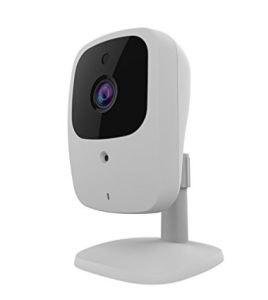
- Easy to install and setup
- Night vision
- Motion detection
- Compatible with most Z-wave hubs
- Por IR for night vision recordings
- Low quality compared to other cameras
- Operation is occasionally buggy
Compatible with Z-Wave technology, the Vera VistaCam indoor camera offers crystal clear visuals, motion-activated alerts and night vision capabilities, making it an ideal choice for those who want complete peace of mind.
The Vera VistaCam 700 is one of the best options for those looking for a reliable, affordable, and feature-packed Z-wave compatible camera. The camera has a 720p HD resolution, two-way audio, night vision, and motion detection, making it an excellent choice for home security.
The camera also features a wide-angle lens, allowing you to monitor a larger area with one camera. The camera is easy to install and setup, and it is compatible with most Z-wave hubs. Since it’s an IP camera, basic functionality will work with any Z-Wave hub that allows an URL, such as Fibaro and SmartThings.
Nest Cam Camera 3 Pro | Indoor & Outdoor | WiFi / PoE Camera
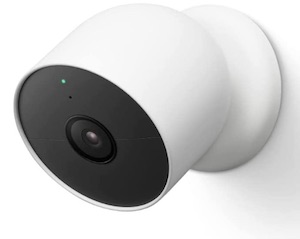
- 130° field of view
- Works indoors and outdoors
- Smart features included without subscription
- Affordable price point
- Digital zoom is fuzzy at times
- Facial recognition not always accurate
Nexia Wireless Indoor Camera | Wi-Fi
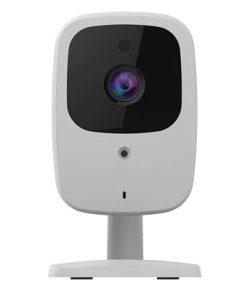
- Wide-angle view
- Easy to use
- Reliable performance
- Lower resolution than other available cameras.
- Expensive subscription service ($9.99 monthly fee)
It records at a maximum resolution of 1280×720 at 30 frames per second, but you can also set the resolution to VGA (640 x 480 pixels) for lower bandwidth consumption. The camera also works with other Nexia devices such as Z-Wave motion detectors and door/window sensors, so you can trigger recordings when there is activity in your home. Plus, with a 1-year limited warranty, you can rest assured that your investment is protected.
Overall, the Nexia Wireless Indoor HD Camera has some nice features. Installation is a breeze and the smart features make it perfect for anyone who wants to keep their home secure. However, if you are looking for a camera with more features and higher resolution, you may want to look at the other options on our list.
Ring Doorbell Video Camera | WiFi
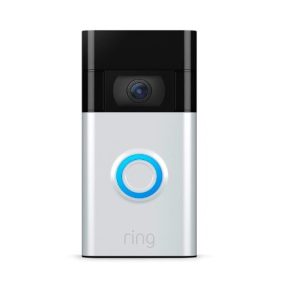
Reolink Argus 3 Pro WiFi / PoE Camera | Outdoor
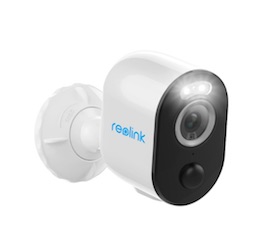
- Excellent video quality
- Affordable solar add-on
- Works indoors and outdoors
- Easy installation with multiple mounting options
- Relatively narrow field of view
- No removable battery
- No motion zones
You can add the Reolink Argus 3 Pro to your Z-Wave network either by connecting to ethernet or via Wi-Fi if your Z-Wave hub is compatible with Alexa.
FAQ
Are Ring cameras z wave compatible?
Unfortunately, Ring cameras are not Z-Wave devices. But since most Ring cameras are WiFi devices you can connect them to a Z-Wave hub which has a WiFi interface.
Are D-Link cameras z wave compatible?
Not really. But since most D-Link cameras are both WiFi and IP devices, you can either connect them to a Z-Wave hub which has a WiFi interfarce or through the Ethernet port by using a specialized security cameras software like BlueIris.
Are Nest cameras z wave compatible?
Unfortunately, Nest Cameras are not Z-Wave devices. But since most Nest cameras are WiFi devices you can connect them to a Z-Wave hub which has a WiFi interface.
Are Blink Cameras compatible with Z-Wave
Unfortunately, it’s not really compatible with Z-Wave as Blink only integrates with Amazon Alexa-enabled devices. The Blink XT2 cameras for example require the Blink Sync Module to operate. But the company is working with IFTTT support in order to allow users to integrate Blink with other devices through existing hubs
Why are there not many Z-wave security cameras?
They’re aren’t a lot of Z-Wave cameras because cameras need to either stream videos or send heavy file size recored HD videos and they need a large bandwidth for that. While Z-wave is a low power, small data network designed to use energy optimally unlike Wi-Fi.If you’re looking to add Z-Wave-compatible cameras to your system then we got some options for you. As the Z-Wave protocol has a low bandwidth (100 kbps max), it is unable to stream or transfer big files such as videos. But there are other ways that allow cameras to be integrated with your Z-Wave hub.
